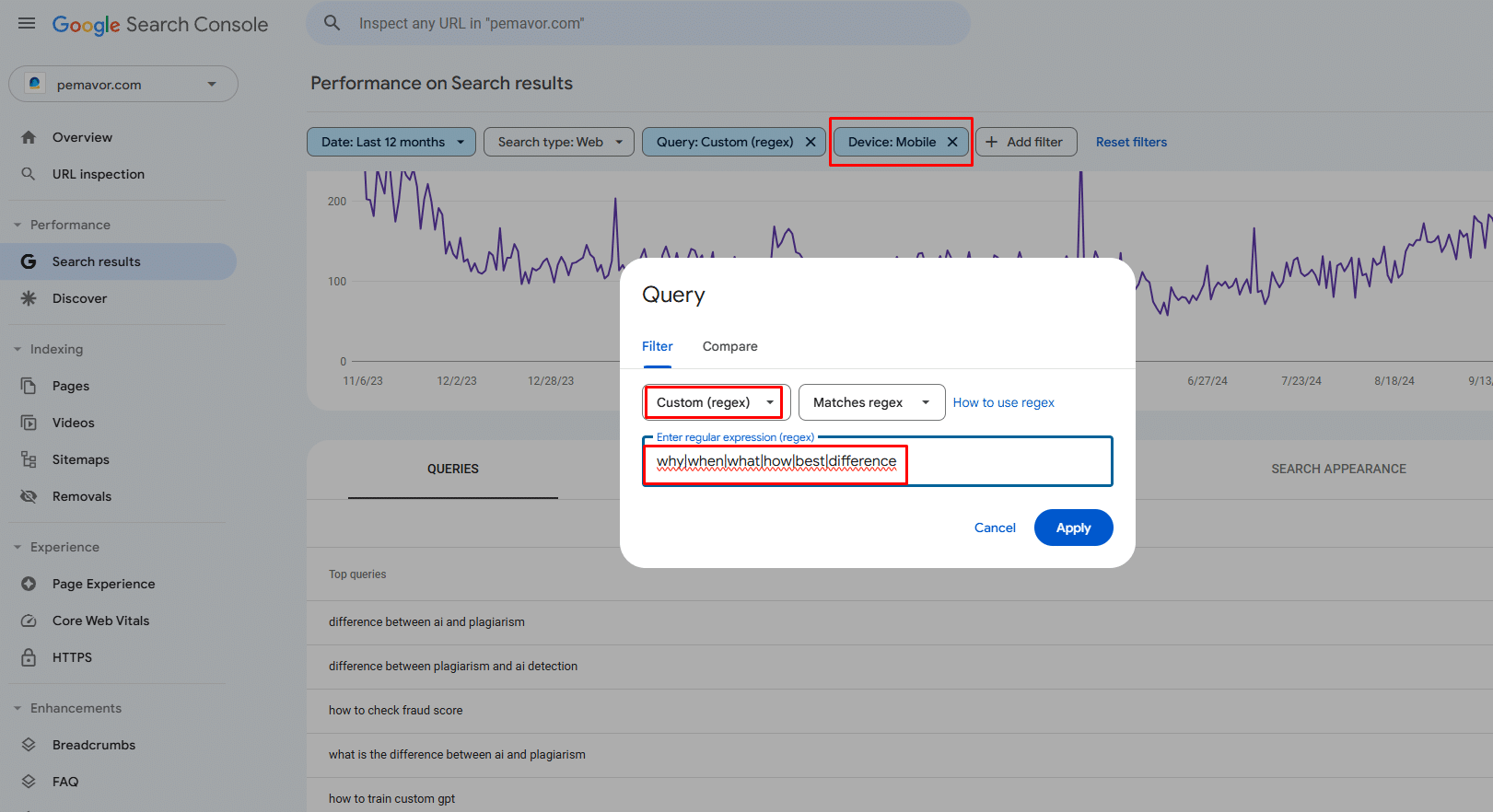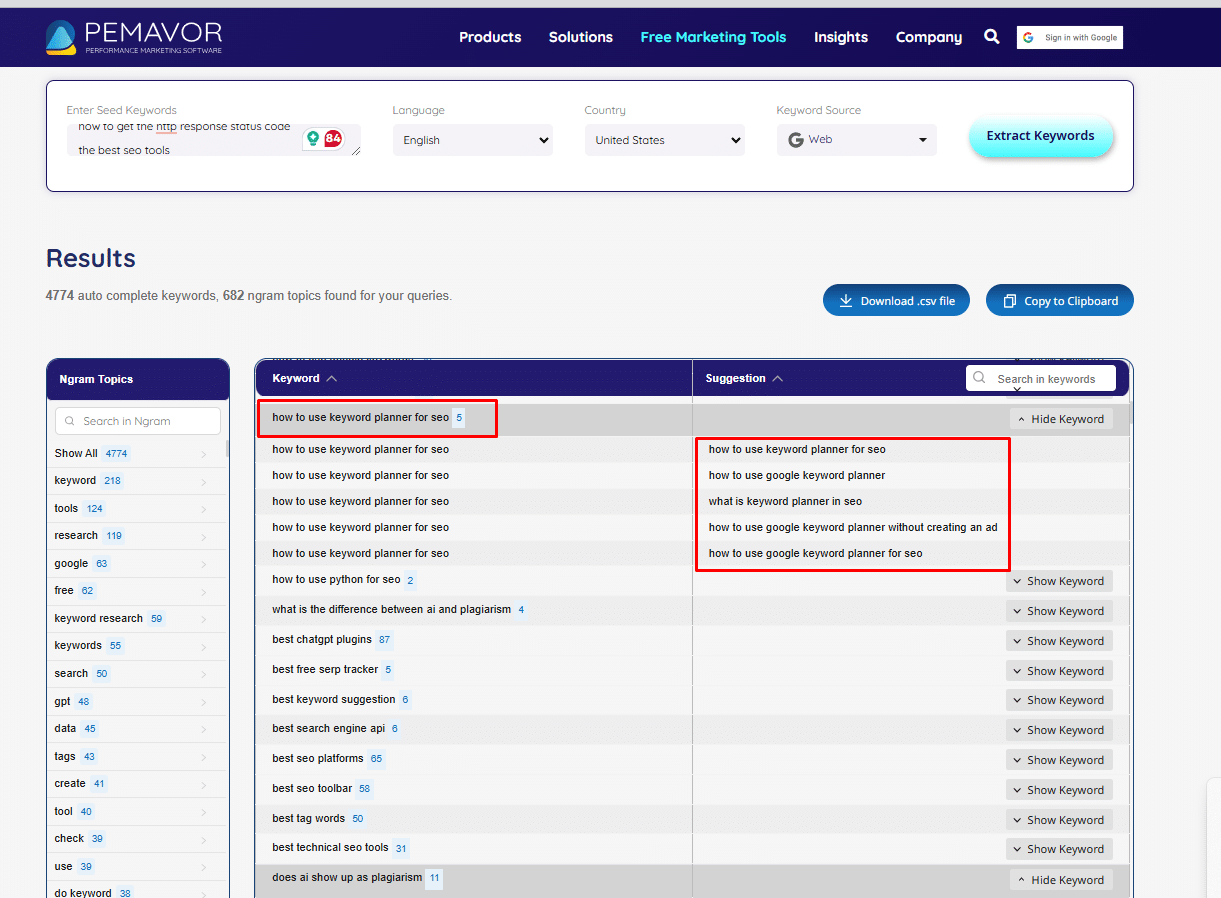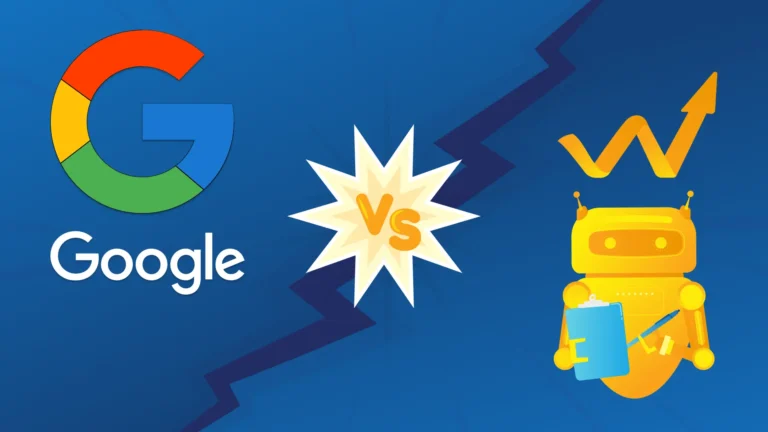Would you prefer voice search to text search if it made your user experience more practical? According to DataReportal, 33.6% of US internet users aged 16 to 64 report using voice assistants every week.
Smartphones, smart speakers, AI assistants, or even smart TVs… Voice-activated devices are everywhere now. More and more consumers are relying on voice assistants for tasks, searches, or shopping.
That being said, this progress introduces a new challenge for marketeers: voice search optimization.
What is voice search?
Voice search is a technology that allows users to search the internet or within a specific app by speaking instead of typing. It uses a speech recognition algorithm to understand spoken commands or queries. At the end, the system either speaks the results back or displays them on screen.
At its core, voice search speeds up the querying process by providing quick and instant responses. It also allows you to get things done hands-free. This tech is especially useful in situations where typing is difficult, such as driving or cooking.
What is voice search marketing?
Voice search marketing is optimizing and creating content to capture visibility through voice-activated search queries. To be more visible and discoverable, businesses are adding voice-friendly, question-based content to their classic SEO strategies.
People use voice search for product research, directions, local information, and other purposes. As AI technology advances, more consumers are expected to adopt voice search.
- Improved user engagement → so seamless customer experience and increased engagement.
- Voice-optimized content → increased brand visibility.
Voice search SEO: How do you optimize your content for voice search?
Statistics explains in the best way why you should do voice search optimization for your landing pages. Purchases through voice assistants, which were $4.6 billion in 2021, increased to approximately $20 billion in 2023. So do you want to stay behind in a field that is growing by 400%?
This is a great opportunity for marketeers to get control in their industry. How? Voice search digital marketing is a new area for both users and brands. As users continue to show increasing interest, brands that pay attention to voice search optimization can outperform their competitors. Because most brands still don’t care about it.
Try Autocomplete Keyword Tool for a better voice search SEO
PEMAVOR’s free-to-use tool generates keyword suggestions from multiple sources like Google Autocomplete, Shopping, News, and YouTube. Without registration, you can try it right now.
Alternatively, you can use paid tools like Moz, or SEMrush. However, PEMAVOR’s Autocomplete Keyword Tool is always free.
Voice search optimization process:
Filtering and gathering question-based keywords:
- Start by filtering keywords in Google Search Console using question-oriented terms like “how, what, when, why, difference, and best.” Select mobile devices. This will help you identify voice search-friendly queries.

- Use Pemavor’s Autocomplete tool to expand each question-based keyword from GSC. Simply paste the filtered GSC queries into the tool to generate multiple alternative phrasings for each question, creating additional variations that align with how users might phrase voice search queries.


After gathering the long-tail keywords:
Organize and group variations:
- Create content titles: Group similar questions under common themes. For example, “how to use SEO tools” and “best SEO tools” could be combined under “Using SEO Tools.”
- Categorize by intent: Separate questions by intent (informative, commercial, comparative), which will help in creating content that meets specific user needs.
- Understanding the buying cycle allows you to create the right content. In the first phase, users mostly want to get information about a product, not buy it. So the buying journey consists of four stages: awareness, consideration, decision, and delight. That’s why you need to optimize voice searches based on these stages and provide the right landing pages. Shortly, help users find what they’re looking for. Besides, make sure ads and landing pages are mobile-friendly, fast-loading, and clearly informative.
Add answer sections and FAQs:
- Voice search devices often pull information from the featured snippet (position zero) in the search results. So focus on providing concise and well-structured answers for featured snippets.
- Include an FAQ section with common questions and quick answers. This structure not only improves user experience but also aligns with voice search requirements.
- Write concise, direct answers to each question, which is key for voice search.
Integrate variations into content:
- Use each question variation as a subheading in the content. This makes it easier for users to find relevant information and helps with voice search optimization.
- Link related content within the site to improve SEO and provide additional value for readers. Websites with strong domain authority have higher chances of ranking better in voice searches. Continue to build quality backlinks with quality content.
Create additional content from long-tail keywords:
- Using long-tail keywords is always a good strategy to drive potential customers. It works also in voice search optimizations. Besides, according to Microsoft, voice search keywords are longer than text-based searches.
- Analyze popular, high-traffic question variations and create content that addresses these in depth.
- Use question variations as inspiration for new blog posts or content titles, creating more specific, focused pieces.
- Optimize your Google My Business profile and website content to include location-based long-tail keywords. This ensures that when users perform voice searches for local services, your business appears prominently in the results. For instance, a restaurant can create content around “best Italian restaurant near me” to attract nearby customers.
- Make sure your contact and location information are up-to-date on Google My Business.
- Tools like Chatmeter help manage your business’s online presence for local SEO. This includes consistently organizing your local listings, monitoring and managing customer reviews, conducting competitor analysis, and providing detailed performance reports to make your business more visible in local searches.
Monitor seasonal interest:
- Use Google Trends to see if certain question variations are more popular at specific times of the year, allowing you to plan content updates accordingly. You can also try our free Search Trends Table Generator.
- Track performance in GSC to identify which keywords bring in the most clicks, and expand content around those.
Use natural, conversational language:
- For voice search, content should be written in a conversational tone, as users typically phrase voice searches naturally.
- Provide detailed answers with examples or step-by-step instructions when possible, as voice search favors thorough, useful responses.
- Write your content for a 9th grade reading level and avoid fancy words.
Implement structured data (Schema Markup)
- Although schema markup (structured data) doesn’t directly affect search result classification, it can provide additional support for content. It clarifies what your page’s about to make it more visible in voice searches.
- Use FAQ schema for question-based sections to enhance visibility in search results and increase the likelihood of appearing in voice search responses.
- Apply how-to schema to improve voice search compatibility.
How to track voice search performance
Use analytics tools like Google Analytics 4 or Search Console to gain detailed insights into how users are discovering your content, including through voice search queries. These tools provide data about traffic sources, engagement rates, and conversion rates from voice search queries. By monitoring these metrics, you can optimize your content for voice search and improve your SEO strategies for your performance.
Google Search Console (GSC):
By filtering queries with question words (e.g., how, what, where), you can get a sense of voice search traffic.
How: Look at keyword reports and identify longer, conversational queries, which are often indicative of voice searches.
Google Analytics 4 (GA4) with Custom Segments:
With GA4, you can track behavior patterns and user interactions for voice search usage, particularly if linked to mobile traffic.
How: Create custom segments for mobile users and analyze query patterns. This approach isn’t exact, but can provide insights into user behavior trends.
Microsoft Clarity
This free tool provides heatmaps and session recordings, showing how users interact with your site. Voice search visitors may have specific behavior patterns, like immediately engaging with FAQ content or spending more time on detailed answer sections.
How: Look for user interaction patterns that align with expected voice search behavior, like quick access to voice-optimized content.
Free SERP Checker
We also offer 100 daily keyword analyzes for free SERP Checker. This way, you can track 100 selected voice search keywords’ performance on Google Sheet file.
How: Input up to 100 keywords that you want to track. Choose relevant and important keywords for your business or target audience. For a detailed explanation, please read the article.
How will AI impact the voice search experience?
AI helps voice search by bettering search engines’ ability to understand and process spoken language. To this end, Natural Language Processing (NLP) enables AI to comprehend and interpret human language as it’s naturally spoken. This capability is crucial for voice search because spoken queries often differ from text searches.
Let’s say, you type “best sushi spots in LA” in a search box, but you could ask “What are the best sushi restaurants in Los Angeles?” during a voice search. In this way, NLP allows voice assistants to accurately understand and navigate these spoken queries.
Moreover, AI uses machine learning algorithms to improve the accuracy and relevance of search results over time. By analyzing vast amounts of data, AI identifies patterns and refines its responses based on previous interactions. Thus, search engines can provide more personalized search results and increase the overall user experience.
Data privacy and voice search marketing strategy
Voice recognition provides a user-friendly, hands-free experience, but it should also provide users with trust about personal data. Is voice personal data under GDPR? Yes.
Any information that can lead to either the direct or indirect identification of an individual will likely be considered personal data under the General Data Privacy Regulation (GDPR). And voice data is considered Personally Identifiable Information (PII) because it can uniquely identify individuals based on physical characteristics like tone, accent, or even health conditions revealed in speech.
Similarly, the California Consumer Privacy Act (CCPA) treats voice recordings as personal information, granting consumers the right to know, access, and control their data collected by companies.
However, how does voice search compliance affect marketeers? Obviously, these regulations limit how voice data can be used for targeted advertising and personalization. If the data is stored, it must be anonymized and securely stored. However, this may increase operational costs and limit certain data-driven strategies. Moreover, marketeers must provide options for users to access or delete their data. Otherwise, they may face fines for non-compliance.
How can voice search marketing ensure GDPR compliance?
- You should inform your users about the methods and purposes of data collection. By using a consent management tool, you can both remain compliant with privacy policies and provide clear consent banners to users. In this way, you also create a bridge of trust between your brand and users.
- Data minimization helps marketeers focus on collecting only necessary voice data. Collecting only general engagement data instead of excessive information reduces privacy risks. This is in line with the GDPR’s data minimization principle.
- Use trustable technologies that encrypt voice data during collection, storage, and transfer, protecting it from unauthorized access.
- Using multi-factor authentication can reduce risk of voice spoofing.
- Maintain strict, regularly monitored access to voice data. And only authorized personnel should have permission to process and manage sensitive information.
- Regularly audit your security measures and respond to potential vulnerabilities early.
Last words
Making your content voice search-friendly can help you stand out from your competitors and attract more potential customers. Now is the time, before it’s too late.
If you need a custom solution for your voice search optimization process, contact us.
